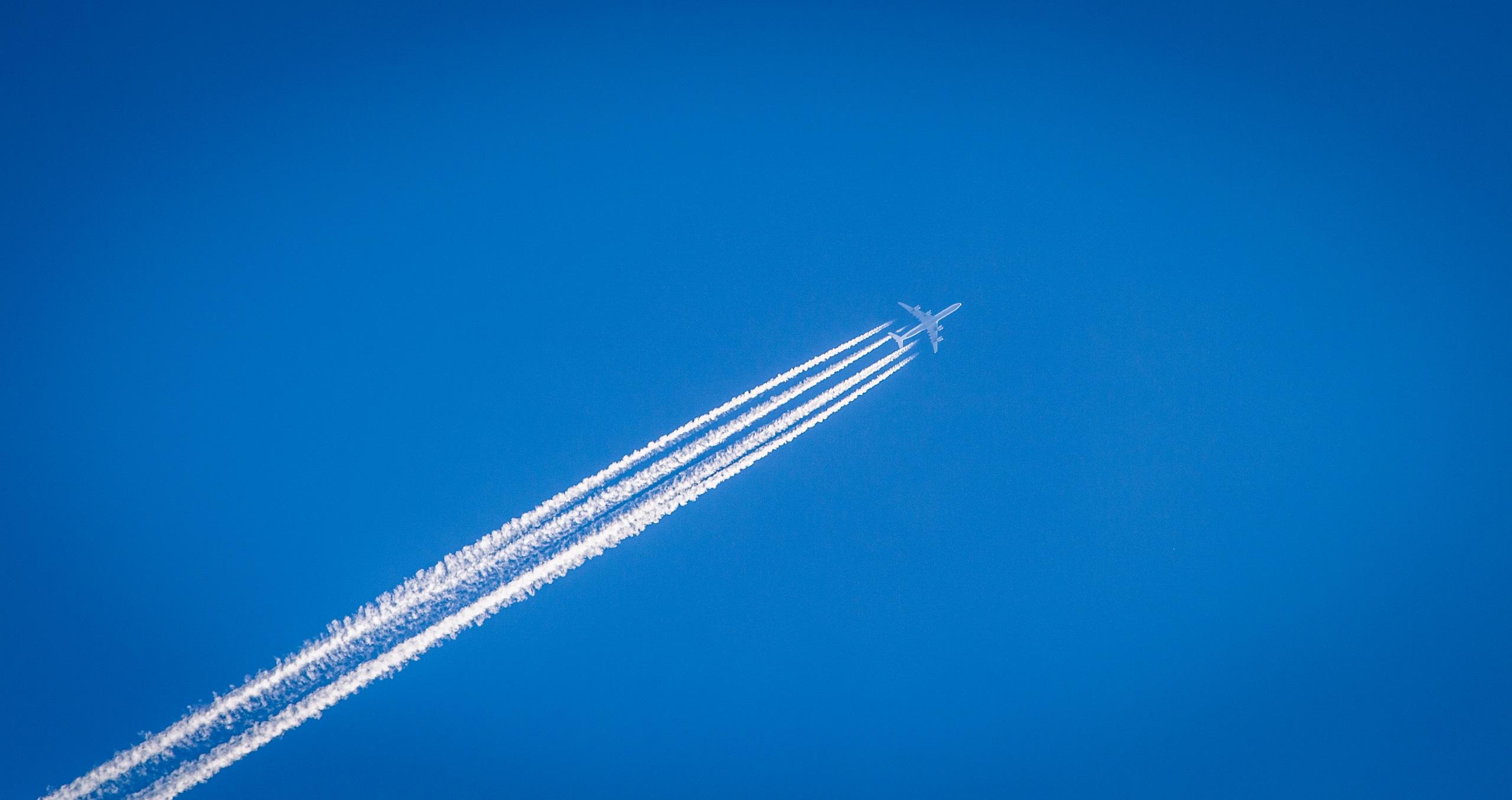
LYON—The EU’s Parliament and Council have reached a provisional agreement on revising the EU Emissions Trading System (ETS) for aviation, which targets the sector’s climate impact.
The ICAO’s Carbon Offsetting and Reduction Scheme for International Aviation (CORSIA) will be integrated, free allowances will be phased out, sustainable aviation fuels (SAF) will be promoted, and non-CO2 factors will be covered.
Transport & Environment (T&E)—an influential association lobbying for stronger action against greenhouse gas emissions—and Airlines For Europe (A4E) partly welcome the deal.
For those flights taking off to a non-European destination, CORSIA will be considered as a valid means of compliance. The legislation will apply to flights from, to and within the European Economic Area (EEA, or the EU Member States, plus Iceland, Liechtenstein, and Norway), as well as flights from the EEA to the UK and Switzerland.
However, in case of a negative evaluation of CORSIA’s progress by July 2026, the European Commission would be required to make a proposal to include in the scope of the ETS emissions flights departing from an airport located in the EEA to a third country.
Reacting to the accord, T&E used strong words against using CORSIA until 2027. “EU negotiators ... failed to include long-haul flights in the pricing scheme,” Aviation Director Jo Dardenne said. “As a result, 58% of Europe’s aviation CO2 emissions will remain unaccounted for.”
In contrast, international shipping will be regulated by EU ETS, T&E points out. “CORSIA is a cheap and dubious offsetting scheme that has been proven time and time again to fail in effectively dealing with aviation emissions,” Dardenne says. “A study by T&E shows that a mere 22% of total international emissions would be covered by 2030.”
The period when carriers have benefited from free allowances will end in 2026. To ensure the gradual phase out, a decrease of 25% in free allocations is foreseen for 2024 and 50% for 2025. A4E expressed disappointment about the decision. “2026 is well before truly effective decarbonization solutions will be available at the scale needed for them to be effective,” A4E said. That is one year earlier than the original proposal by the European Commission, T&E happily noted.
To promote SAF, negotiators agreed to reserving 20 million allowances, between January 2024 and December 2030, for commercial aircraft operators that increase their use of SAF. The idea is to cover the price differential with conventional Jet A1. Renewable fuels of non-biological origin will be favored over advanced biofuels, themselves supported more than other eligible fuels.
Separately, revenues from auctioning 5 million allowances for aviation will be used through a so-called Innovation Fund to support new technologies, including electrification in the sector.
The SAF arrangement was praised by both T&E and A4E, which also applauded the earmarking of allowances under the innovation fund.
Non-CO2 factors are increasingly described as representing two-thirds of aviation’s climate impact but have yet to be fully understood. The Parliament nevertheless negotiated a two-step approach to mitigate the impact of non-CO2 emissions, such as nitrogen oxides, sulphur dioxide and soot particles.
First, the European Commission will establish and apply a framework for monitoring, reporting and verification of those emissions as of 2025. Then, an evaluation will be made in 2027. It will be followed by a legal proposal in 2028 extending the scope of the EU ETS to cover these emissions.
The Parliament and the Council, which represent member states, have to formally approve the agreement before it comes into force.



